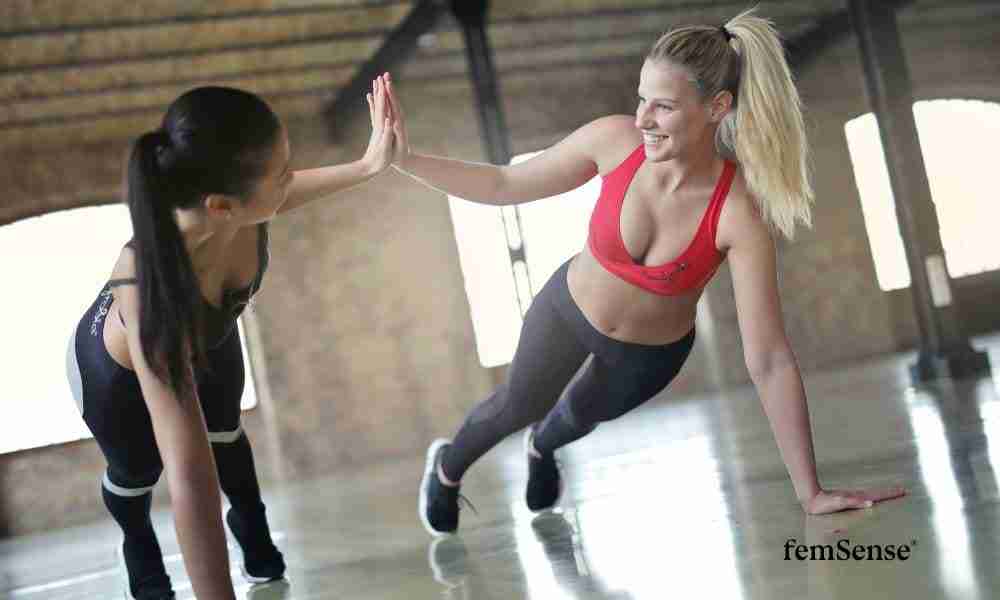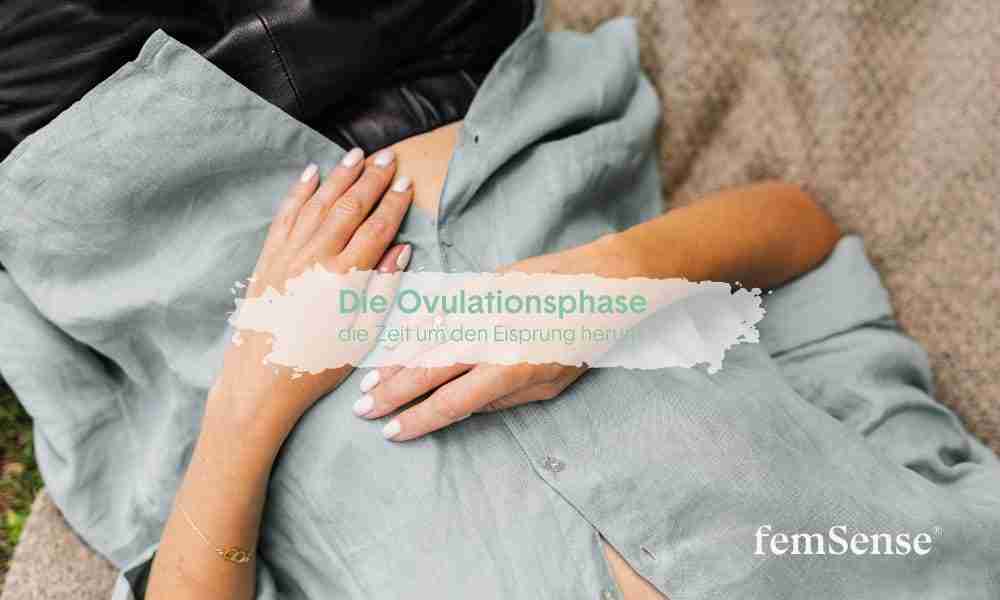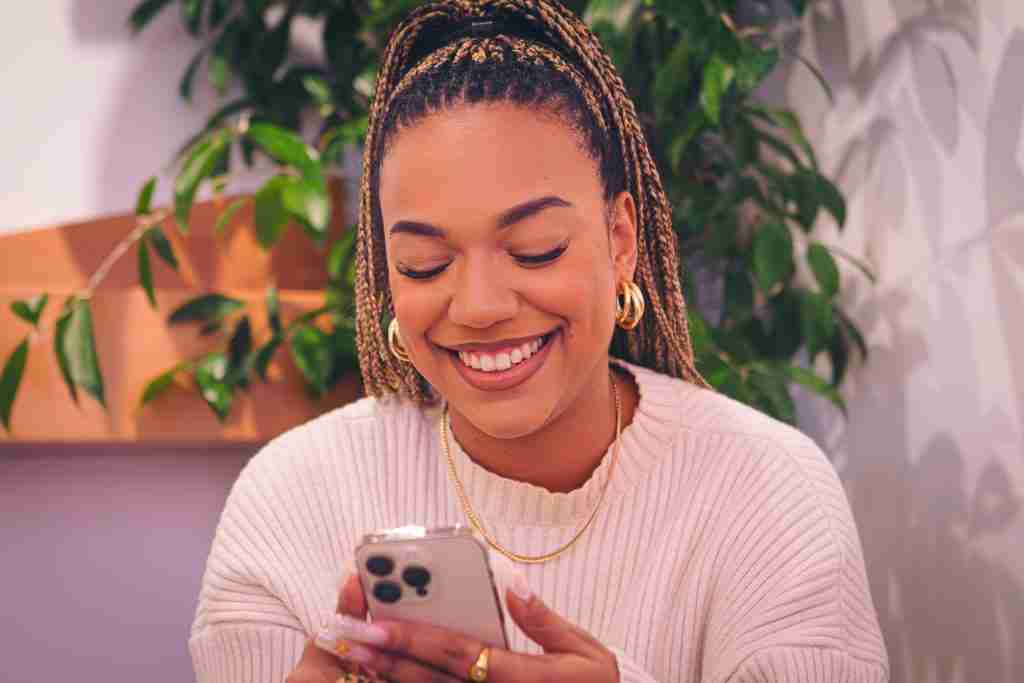
he female cycle has a firm grip on most women's everyday lives, but did you know that you can use it consciously, for example for your training? Read here why it makes sense to observe your cycle and adapt your training accordingly.
It is well known that a woman's hormonal balance contributes significantly to her well-being. Most women are familiar with the feeling that their energy levels change throughout the month. In the first half of the cycle, you are more productive and feel like you can do everything, whereas in the second half of the cycle, everyday life often seems more difficult to cope with. This is mainly due to the hormones oestrogen and progesterone, the concentration of which changes over the course of the cycle. In the first half of the cycle, oestrogen levels are higher, while in the second half of the cycle, the hormone progesterone predominates. In addition to everyday tasks and changes in your emotional state over the course of the month, the cycle-related development is particularly noticeable in your performance during sport. Have you ever noticed that you suddenly find certain exercises difficult that didn't cause you any problems a few days ago? Studies have shown that the female body provides a better basis for intensive sporting activities in the first half of the cycle than in the second. We'll now tell you which sports are ideal for which phase of your cycle.
Cycle phases and sport
Many women train according to men's training plans, even though the sexes not only differ in terms of muscle strength, but also many other physical processes take place differently in the female body. These circumstances are now gradually better researched. Many top female athletes have already adapted their training plans to their cycle and learnt a lot about themselves and their bodies in the process.
1st cycle phase
Menstruation
The first phase of the cycle begins with the first day of menstruation. The body sheds part of the uterine lining and bleeding occurs. The hormones progesterone and oestrogen are at a low level and menstrual symptoms such as abdominal cramps, headaches, insomnia and much more occur. During menstruation, it is important to listen to your body and not overexert yourself. Sports activities should be less intense and strength training should be avoided. Yoga, swimming and cycling are ideal during this time.
Follicular phase
The second part of the first cycle phase is called Follicular phase and is the time after menstruation until ovulation. During this time, oestrogen levels gradually rise and most women feel very well during this phase. There is evidence that strength training can be more effective during this time, as the muscles react strongly to training stimuli due to the rising oestrogen levels. Intensive training therefore makes the most sense during this phase.
Climax: ovulation
The time around ovulation is known as Ovulation phase The oestrogen level reaches its peak and the woman is physically in top form. This phase is characterised by increased concentration and performance. Intensive training is also particularly good during this time. Caution: Due to the high oestrogen levels, the ligaments are somewhat looser during the ovulation phase and therefore more susceptible to injury.
2nd cycle phase
In the second phase of the cycle, everything becomes a little more strenuous, some women experience increased water and fat retention and the first PMS symptoms also appear during this time. The intensity of training should be reduced as endurance performance is very low during this phase of the cycle. It is recommended to focus primarily on moderate training, such as yoga or stretching.
The advantages of cycle tracking
If you want to get to know your cycle better Cycle tracking a great way to increase your well-being and customise your training and nutrition to your individual needs. You can do this with our femSense app and the femSense patch, for example. The basis is a calendar that gives you an optimal overview of your cycle. Your fertile phase and the calculated start of your next period are highlighted in colour. If you want even more from the femSense app, you can use the femSense sensor patch (e.g. to better narrow down your fertile days and confirm ovulation). Once you have started tracking your cycle, you can slowly adjust your daily routine and find out what works for you and what doesn't. This process can take a while, but it's worth it. Because when you start to listen to your body and make certain adjustments, you will quickly realise that your general well-being improves.
Sources:
Rilling (2023), Nutrition and training by cycle
Heise (2023), Sport despite your period?





Leave a Reply